When it comes to making cocktails, it pays to have a few tricks up your sleeve. A great tool to have on hand is a handful of reliable and relatively unknown liqueurs to aid in your mixing.
Because these liqueurs are often loaded with tons of ingredients, they can instantly change a cocktail for the better. Sure, they're great for sipping neat, especially right after a meal, but it's also fun to experience the extra layers they can bring to some of your most beloved drink recipes.
Most of us know about things like Campari, Chartreuse, or even Pimm's. But what of the countless other liqueurs worthy of our time and cocktail shaker? Here's a breakdown of a few to look out for.

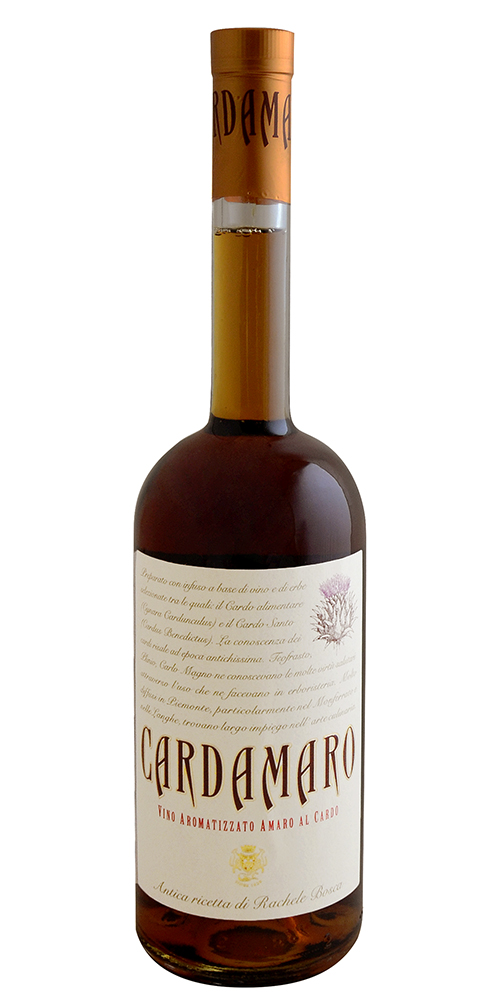
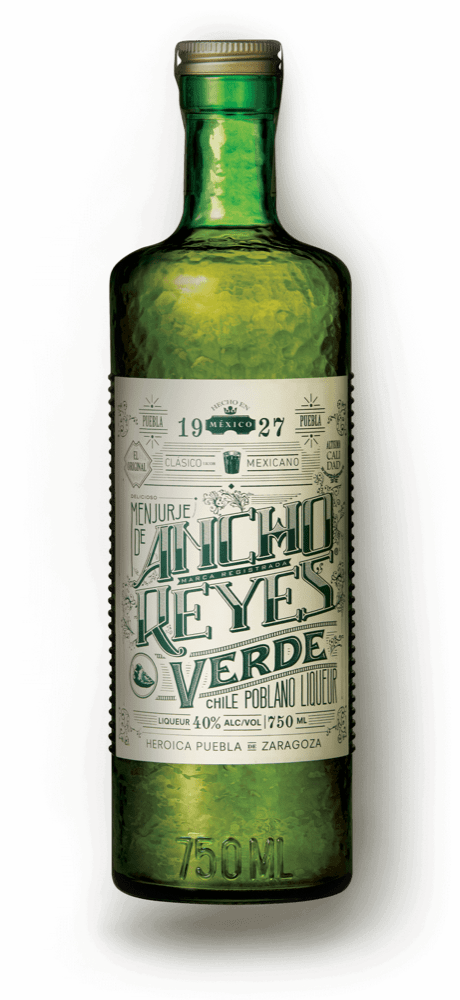
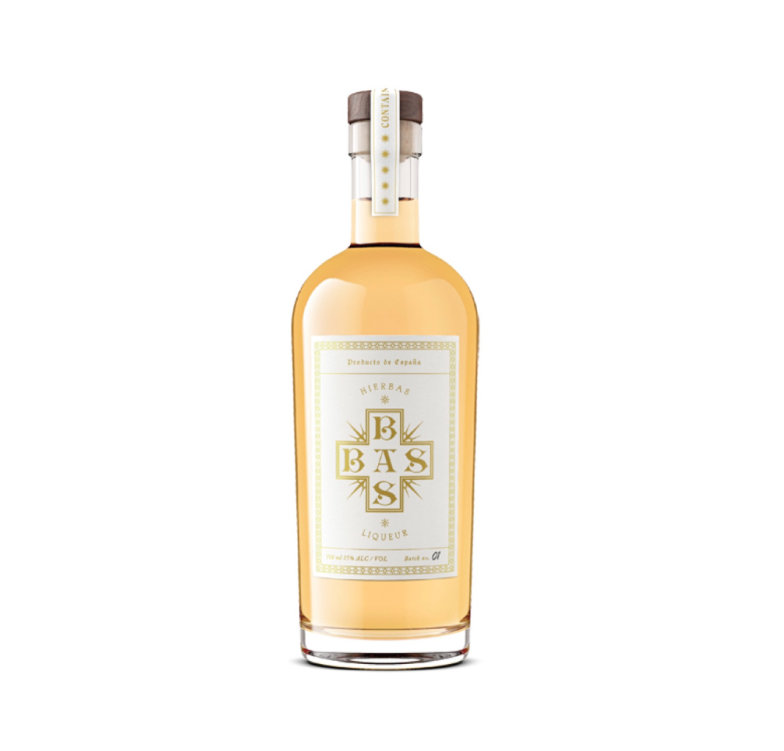
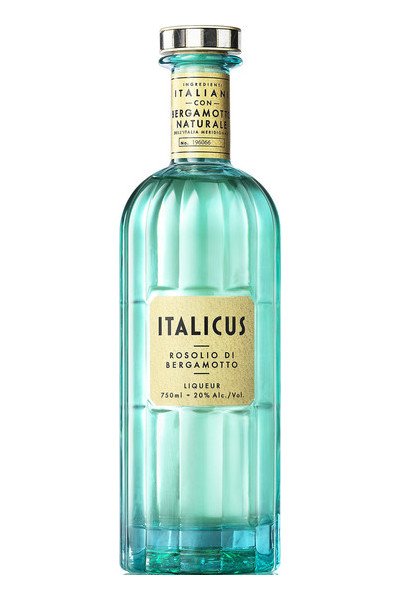
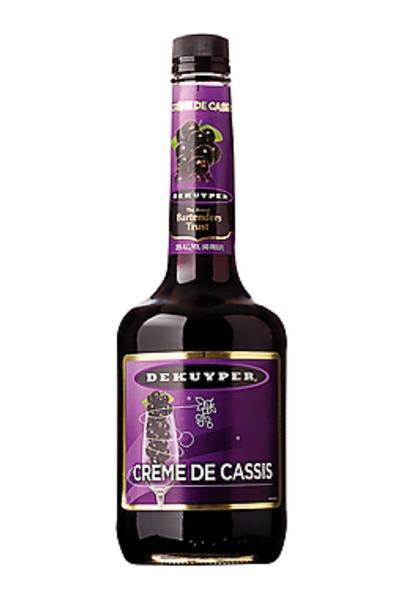


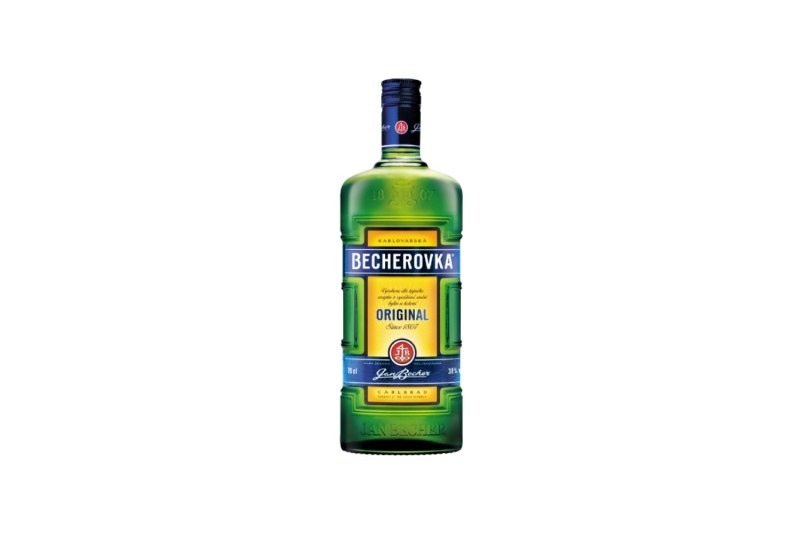
Becherovka
This herbal liqueur from the Czech Republic is made with 20 herbs and spices. There's a lot going on in this sipper, with notes of ginger, cinnamon, and anise really coming to the fore. Try it in an Old Fashioned or mixed with some of your favorite coffee.

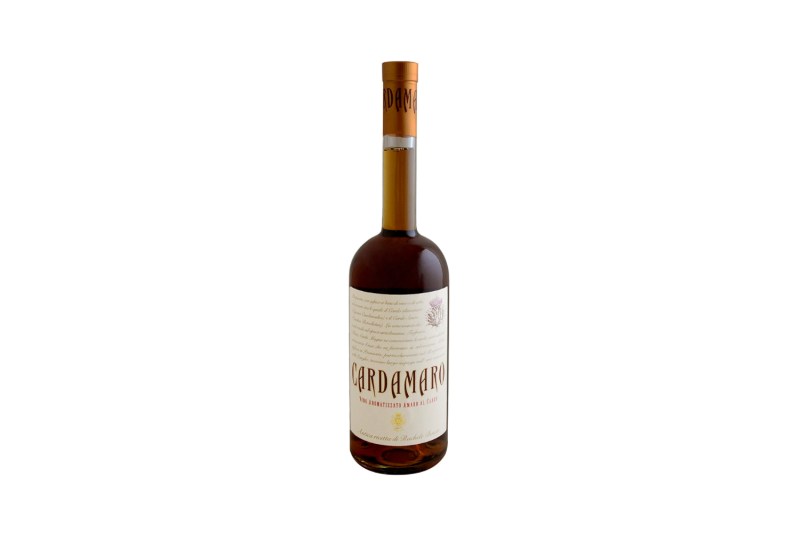
Cardamaro
A wine-based liqueur, Cardamaro mixes up amaro and oloroso sherry. The end result is a pleasant and nutty sipper that drinks like a complicated vermouth. It's great on its own, but also as a fantastic addition to whiskey-based cocktails especially. Try it mixed into a Boulevardier or a gin-based Martinez, the thoughtful drink that gave rise to the martini. The darker notes of this liqueur also fare extremely well with the richness of aged rums.

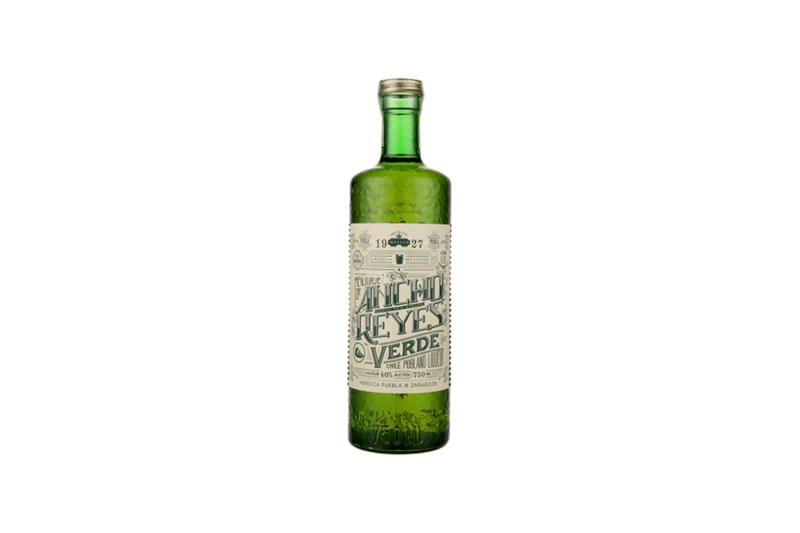
Ancho Reyes Verde
Spicy and vegetal, Ancho Reyes Verde depends on poblano chilis for its flavor. The resulting elixir is a dazzling green and offers a unique savory component that can really accent a number of drinks. It's also very, very dynamic, fitting into everything from the expected (tequila cocktails like the margarita or Paloma) to

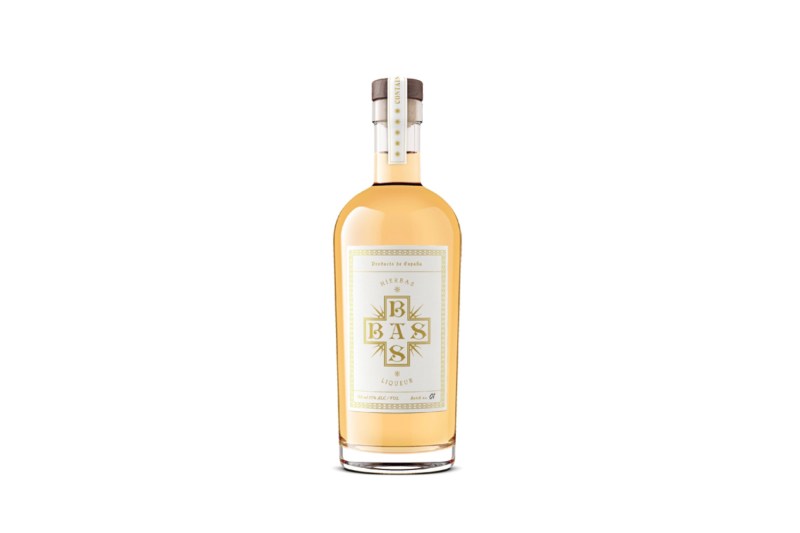
Basbas
Based on a recipe that goes back to the 15th Century, Basbas is a Spanish liqueur originally enjoyed by monks. It's sweet, floral, and herbal, and is made with additions like chamomile and sage. This special blend remains popular in its native Ibiza but is only just starting to gain a following outside of its homeland. Try it in a Negroni in place of Campari or as the base for a nice spritz, and hit with fresh berries and either bubbly water or sparkling wine.

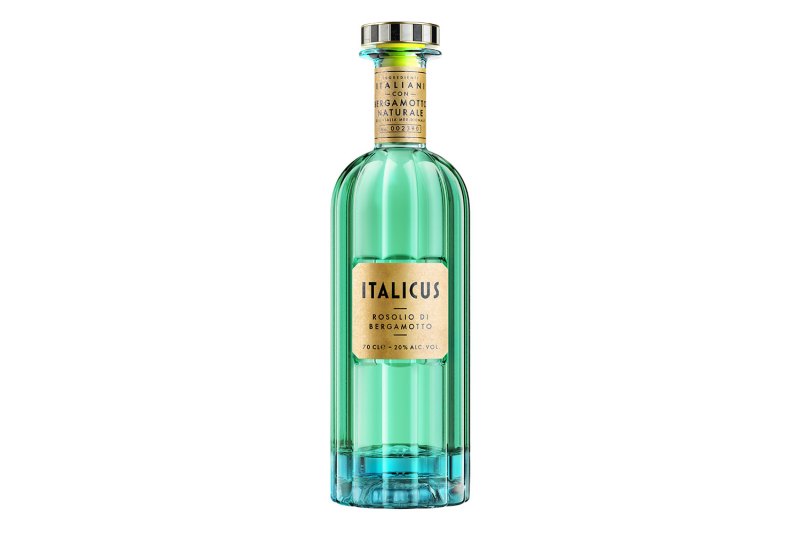
Italicus
This bergamot liqueur comes in a gorgeous bottle that should be placed prominently in your home bar. It's a fantastic mixer, great with spirits like vodka or tequila. Given that it's a bit sweet, we suggest cutting into that a bit with some ice or even another mixer like soda water or fresh citrus juice.


Crème de Cassis
This blackcurrant-based liqueur is an old standby that's enjoying somewhat of a renaissance in the modern cocktail circuit. In existence since the mid-19th century, it has quite a history and is still sipped neat post-meal in France, where it originated. It's also great mixed up with wine-based cocktails, really elevating things like mimosas and French 75s. Allow it to impart some wild berry-ness to drinks like the mojito and gin & tonic as well and you'll see what it made the cut for our list.

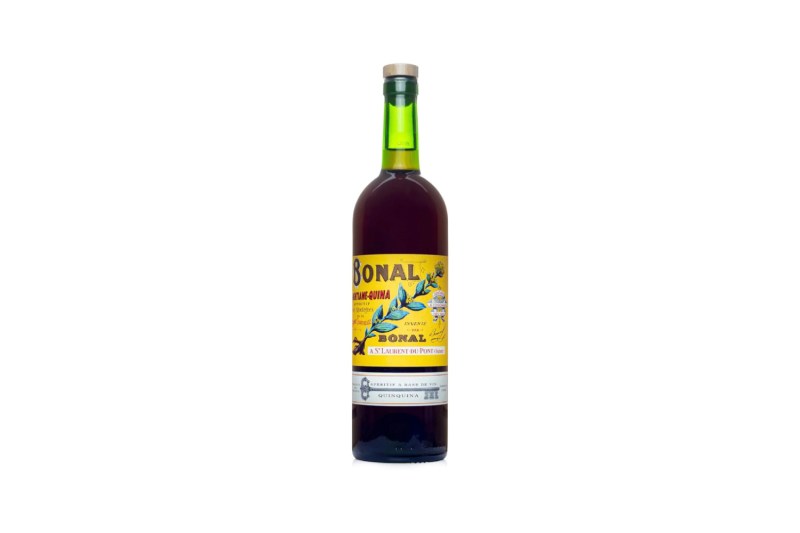
Bonal
This French liqueur tastes like a run through the Alps. Like so many great drinks, it started as a medicinal product made from wild roots and plants. It was originally created to aid digestion and offer curative properties. Two hundred years later, it remains a tasty sipper, a tasty and earthy aperitif that's also good in cocktails that feature vermouth, as well as alongside gin.

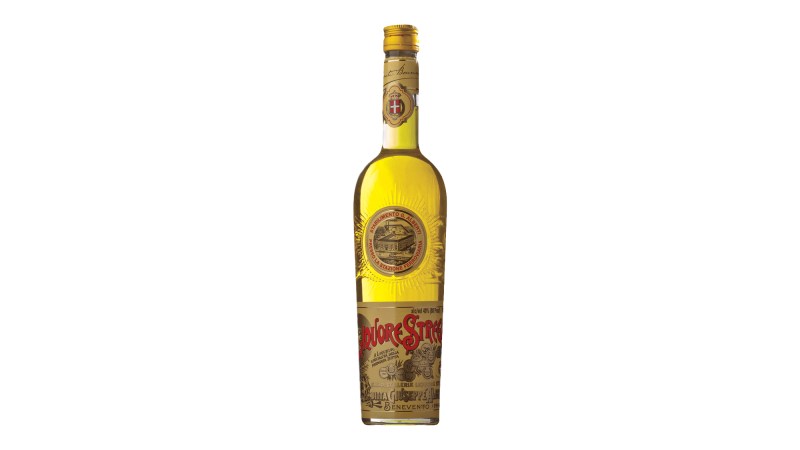
Strega
Strega is one of those names you often detect in the liner notes of a cocktail menu but aren't so sure about. This Italian liqueur is about as bright as the sun and made from some 70 botanicals, including mint and saffron. It's fairly similar to yellow chartreuse, albeit a little more delicate. Try it with darker spirits like whiskey (including scotch) and rum or as a great accent to a classic like the Corpse Reviver.

With these eight lesser-known liqueurs at your side, your cocktail game is certain to improve and become more interesting. These spirits can shake up vintage drinks just enough so that they feel fresh and new all over again. Start here, but be sure to explore the many, many other options out there.



